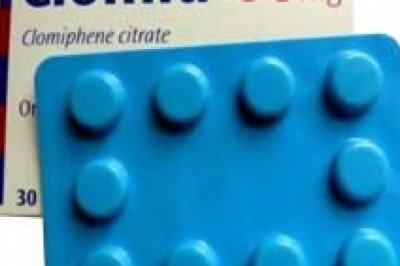views
Electrophoresis is a laboratory technique that is commonly used to separate macromolecules, such as nucleic acids and proteins, based on their size and charge. The technique involves applying an electric field to a solution containing the molecules of interest, causing them to migrate towards an oppositely charged electrode. As the molecules migrate through a gel or other porous matrix, they become separated based on their size and charge, allowing them to be visualized and analyzed.
The basic principles of Electrophoresis can be traced back to the late 19th century, when the British physicist Oliver Lodge observed that an electric field could cause particles to move through a liquid. However, it was not until the mid-20th century that electrophoresis began to be used as a tool for separating macromolecules.












Comments
0 comment